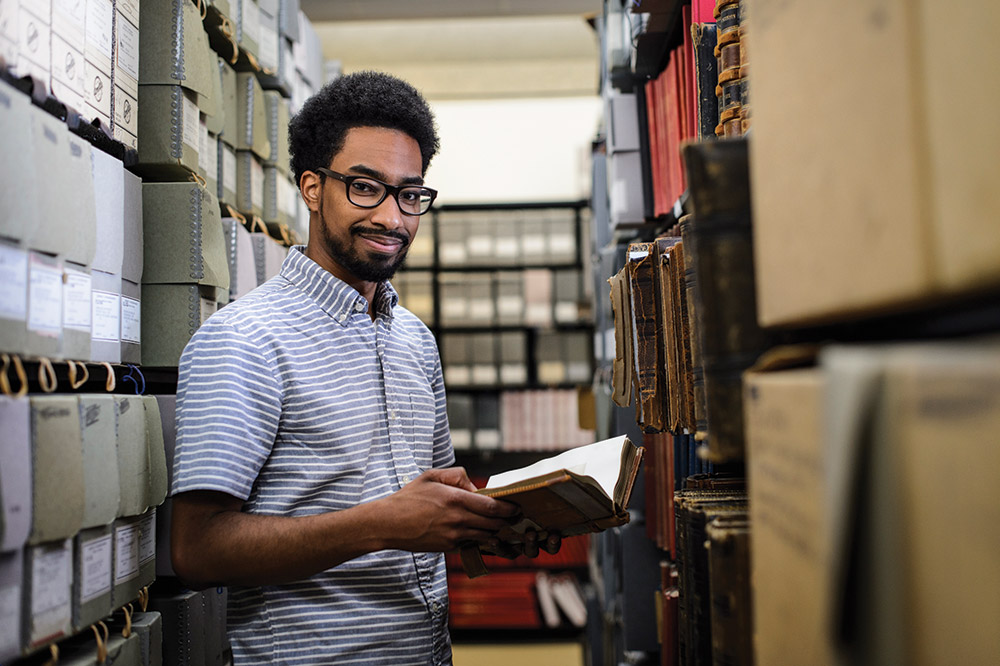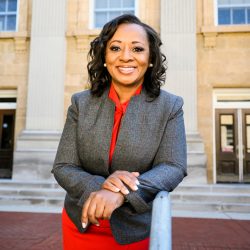Diversity’s Complex History
When some schools barred the door, UW–Madison welcomed black students from around the country who then went on to successful careers in journalism, law, medicine, and a host of other fields.
“When I told my dad I was going to Wisconsin, he said, ‘You could go to Chapel Hill; black people don’t live in Wisconsin,’ ” recalls Harvey Long PhDx’16, a doctoral student in library and information studies from North Carolina. “[But] black people have been coming to the university for a long time.”
Long — who recovered some of this campus history by completing an archives-based examination of the period between 1875 and 1940 — says the earliest known black student at the UW was William Noland 1875, who was born in Binghamton, New York. After graduation, he attended the law school for two semesters before dropping out and moving to Washington, DC. “He committed suicide in the 1890s. Not a lot is known about him,” Long says. Three sisters — Ida ’40, Carlita ’42, and Frances ’44 Murphy — came from Baltimore, starting in 1935. They earned journalism degrees and returned home to help keep their father’s newspaper, the Baltimore Afro-American, afloat.
Now, with increased calls for greater diversity and inclusion, Long wants the university community to understand black students’ long, complicated history at the UW and how race played a key role in their isolation from campus activities.
“The state was receptive, but it wasn’t perfect,” he says. “It’s like you get an invitation to a party, but you might not have the right clothes, or you might not be asked to dance. The University of Wisconsin was not paradise, but it was a step up for many of these students.”
Published in the Winter 2016 issue




Comments
No comments posted yet.